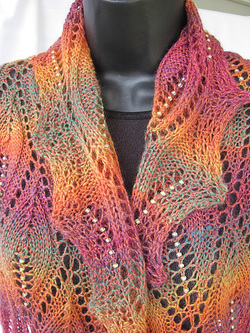 Image credit: Polkadotsheep.com
Image credit: Polkadotsheep.com There are two basic techniques in beaded knitting: Crochet Method & Pre-stringing Method. Both are quite easy but give very different effects to your finished product and are not interchangeable. So choosing the proper technique before beginning any project is key to reaching your desired outcome.
When using the Crochet Method, your beads will be locked into place allowing precise bead placement. Your beads will lie flat with your fabric and will be visible from both sides. They tend to lie vertically (holes going top to bottom). You do not have to pre-string your beads saving wear on delicate yarns. Here is a great tutorial on this method.
If you choose the Pre-stringing Method, your beads will float between two stitches allowing movement with the beads. For this method, you will need to take a little time to apply beads to your yarn before you begin. There are different ways to use this method, one being slip stitch leaving the beads only visible from the front of your work and on top of the fabric or Beaded Knitting in which the beads lie on the thread between two stitches. This allows the bead to show on both sides of your work and lays flat with your piece. Both methods are shown in this tutorial.

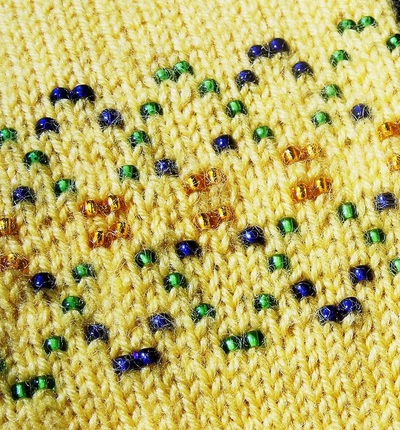
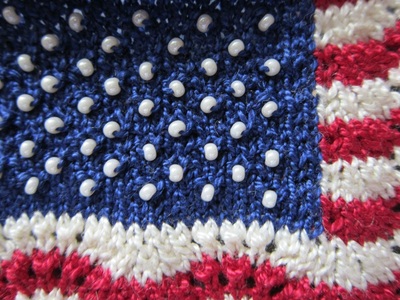
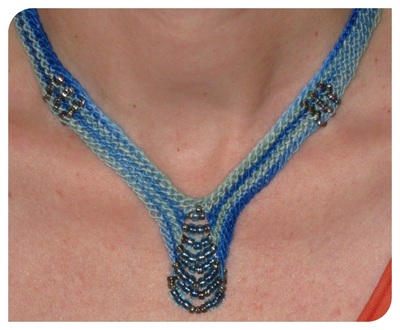
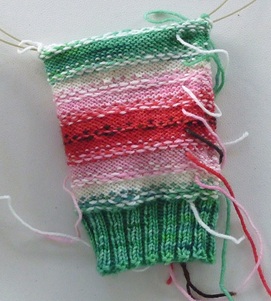
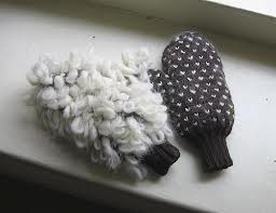
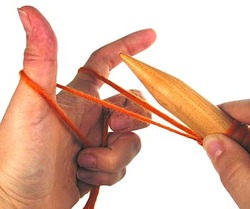
 RSS Feed
RSS Feed



